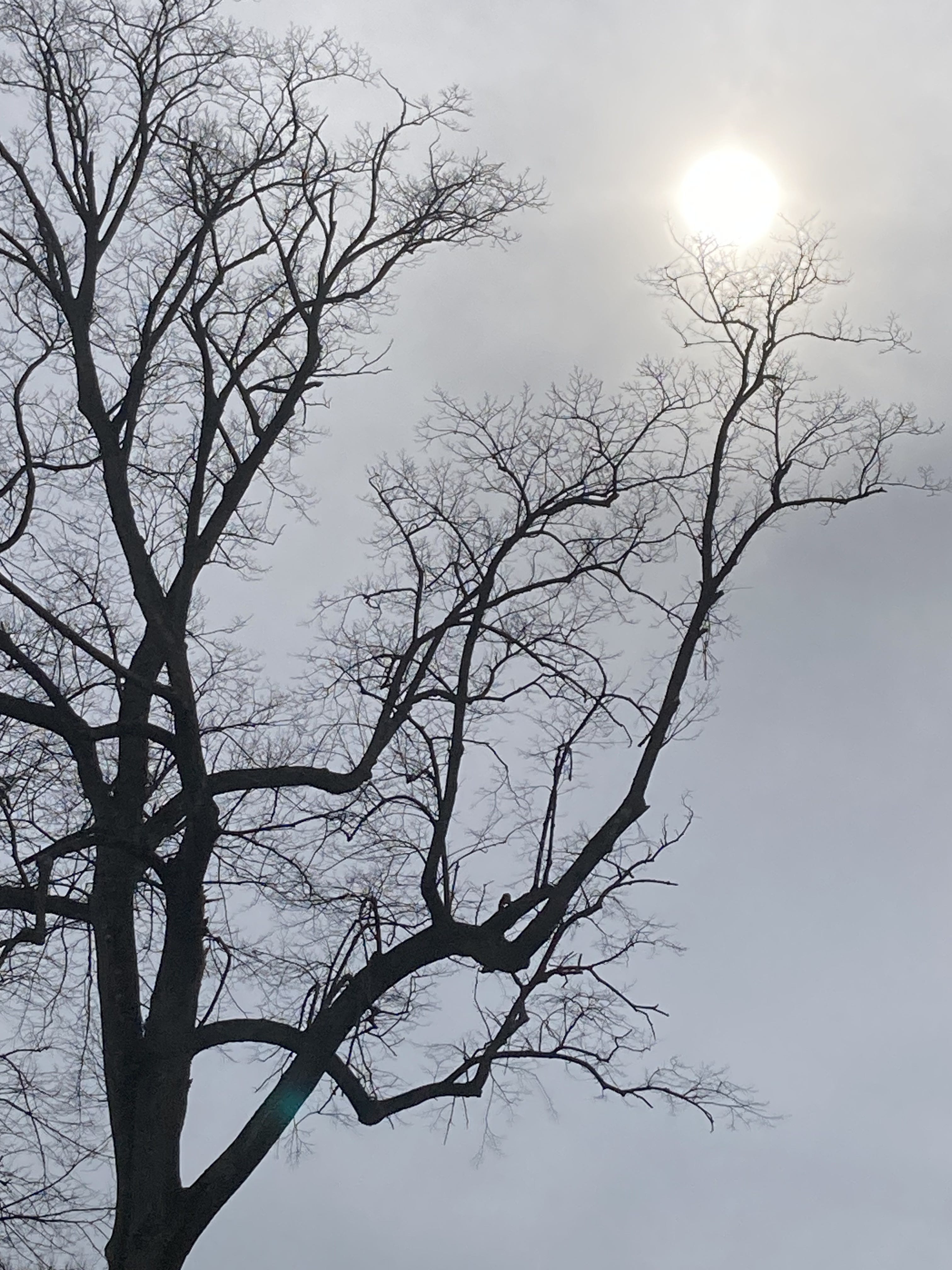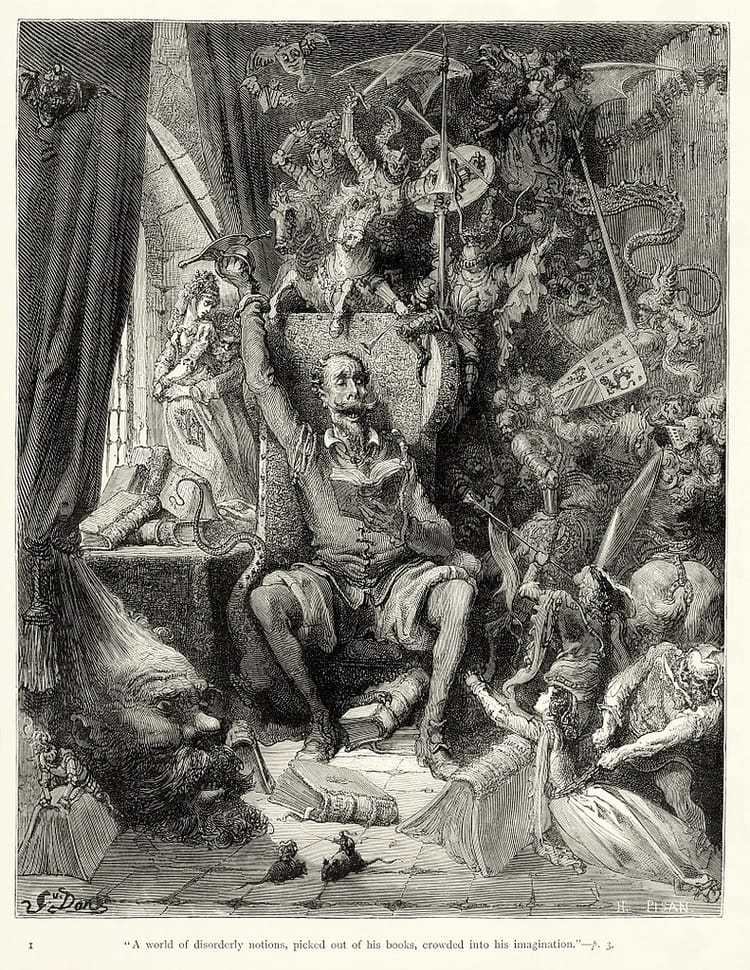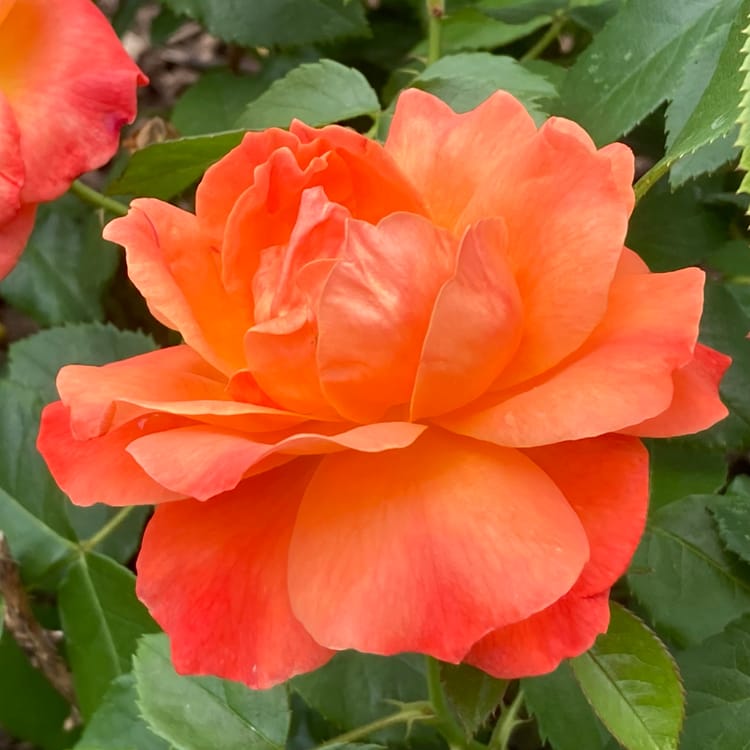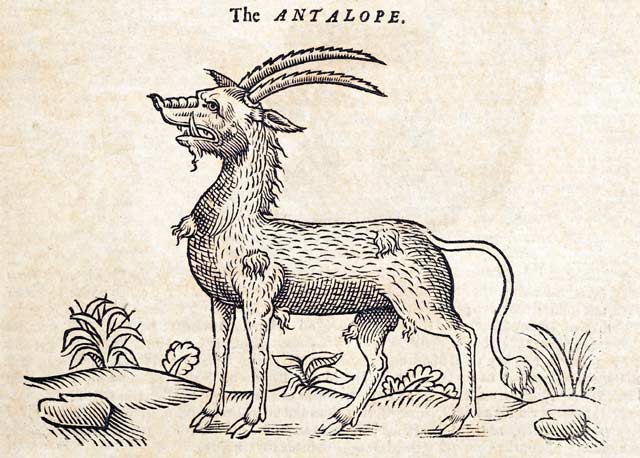on looking, part 2
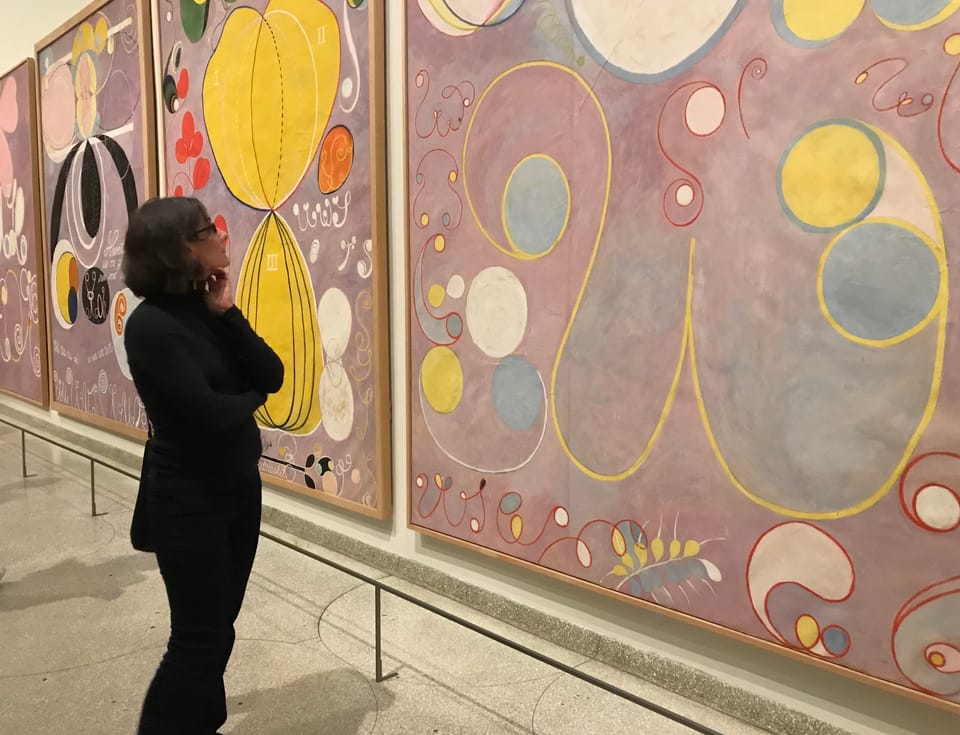
1.
To receive a work of art is to receive it not just from the work itself but also from some part of myself of which I am usually only dimly aware. Like Louise M. Rosenblatt, I reject “the notion of ‘the work’ as an object, existing ‘out there’” and instead view the work of art as “a structured experience corresponding to the signs of the text.” A poem, she suggested, exists in the relationship between reader and text. Similarly, Maxine Greene once questioned whether the Met contains any art at all at night after the lights go out and there is presumably no one there to look at it. (The massive portion of their collection kept in storage could thus be considered more a hoard than art.)
Claiming a role for myself in co-creating a work of art—just by looking at it!—might be viewed as arrogant. But of course the I that I generally think I am is a small thing; whereas the I that receives the work of art is much larger and not personal or even really mine.
2.
In truth, we co-create not only the poems we read and the works of art we view, but reality itself. The Swedish artist Hilma af Klint once wrote,
In this moment, I’m aware, living as I do in this world, that I am an atom in the universe, possessing infinite possibilities of development . . . and I want to explore these possibilities.
Hearing this quotation, historian of science Ernst Peter Fischer in the documentary Beyond the Visible: Hilma af Klint says,
That’s the real discovery of modern physics, which she puts into words. We all believe that the universe consists of atoms, and that those atoms determine the universe. But it’s the other way around. And when she says she feels like an atom in the universe, she’s also saying that she’s building the universe from her inner self. While also receiving the signals she needs from the universe to create new forms which she shows us as atoms—wonderful.
Af Klint arrived at this understanding of the universe in two ways: by communicating with spirits as a medium, and by looking at the world with an intensity that I envy. The intensity of her looking is apparent in her early naturalistic works.
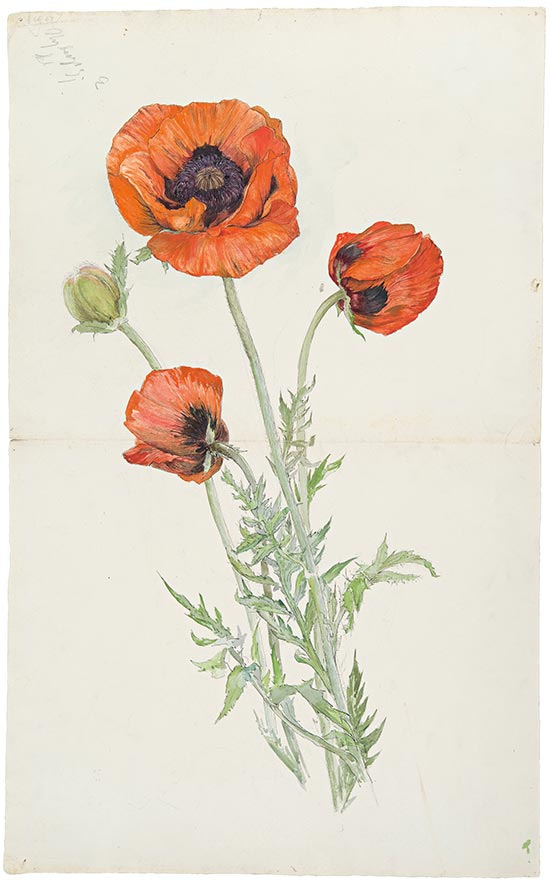
I have thought a lot about this intense looking, pondering the meaning of curator Iris Müller-Westermann’s statement that af Kilnt “is someone who not only has an eye but is also trying to understand the world in visual terms.” I rely so much on language—rather than on my eyes—to understand the world and myself. What is understood about the world just by looking at it?
The moment I write down this question, I feel foolish. Attentive observation reveals so much! The habits of animals, the cycles of the seasons, the patterns of the sun, moon, and stars as they move across the sky, and so on. It seems, though, that I rely so much on language that I don’t perceive another way of knowing—one that I rely on as well, myself—until I see the foolishness of a question I have written, doubting it.
I have thought a lot, too, about the relationship between af Klint’s intense looking and her move to making abstract art—a move that, she wrote, involved a renunciation:
In order to create work that is strong and powerful, I have been forced to renounce the dearest wish of my youth. To be able to reproduce outer form and color.
She had wanted in her art to reproduce the forms and colors she saw, but the spirits called on her to render something else in her art. All the same, she wrote about that something else as something she could see, even though it was beyond the visible:
Those granted the gift of seeing more deeply can see beyond form and concentrate on the wondrous aspect hiding behind every form, which is called life.
How different, really, was af Klint’s intense looking at outer forms and color from her seeking the “wondrous aspect hiding behind every form”? Looking at her notebooks and drawings, or at a series like The Swan, it seems to me that both of these were simply different facets of her singular gift of seeing more deeply.
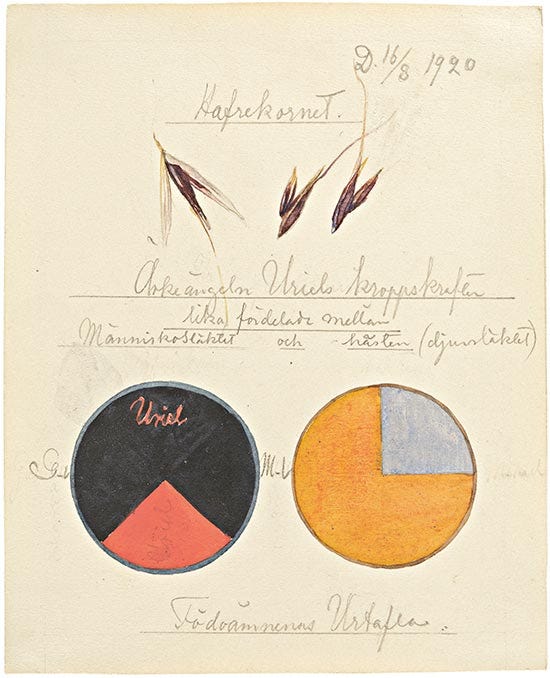
3.
From time to time I perceive the strangeness of that I, the part of the self that, if I were a medium, would access the spirits. Maybe I could be a medium; maybe anyone could so long as they were able to tap into that wondrous aspect hiding within themselves.
I pause on a run in the park to take a photograph of the sun and a tree. There’s something more to the experience that the photograph hints at but can’t quite capture. That something more—it is in the sun, in the hazy sky, in the dark bare limbs of the tree, in me? Or, more likely, was it in all of us together at once, just in that moment?
